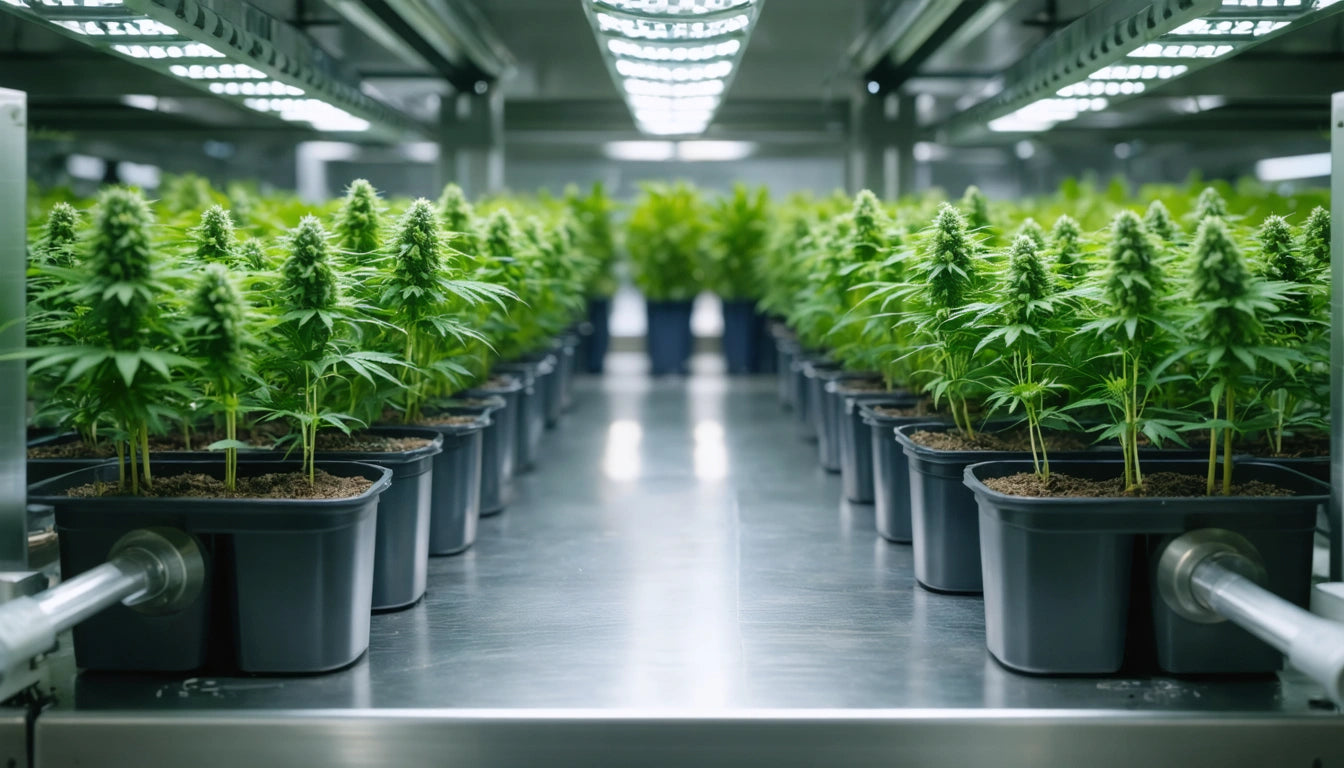Table of Contents
- Integration Benefits: When Packaging Meets Logistics
- Packaging Design with Logistics in Mind
- Palletization Optimization for Supply Chain Efficiency
- International Shipping Considerations
- Specialized Packaging Needs in B2B Supply Chains
- Future Optimization Strategies for Integrated Packaging and Logistics
How Logistics and Packaging Work Together in B2B Supply Chains
In the complex world of B2B supply chains, packaging and logistics function as interdependent systems rather than separate components. When these elements work in harmony, businesses experience reduced costs, improved product integrity, and enhanced customer satisfaction. This integration becomes particularly critical as supply chains extend globally and face increasing pressure for sustainability and efficiency.
Integration Benefits: When Packaging Meets Logistics
The strategic alignment of packaging and logistics creates measurable advantages throughout the supply chain. Properly designed packaging reduces dimensional weight charges, minimizes product damage, and optimizes warehouse space utilization. According to industry data, businesses that integrate these functions report up to 25% reduction in overall shipping costs.
Key benefits include:
- Reduced transportation costs through optimized package dimensions
- Lower damage rates during transit and handling
- Decreased labor costs for packaging and unpacking
- Improved inventory management and tracking
- Enhanced sustainability through material reduction
As our comprehensive guide explains, this integration requires cross-departmental collaboration and data-driven decision making.
Packaging Design with Logistics in Mind
Effective packaging design considers the entire journey a product will take. This logistics-centered approach evaluates handling requirements, transportation methods, storage conditions, and end-user needs. The goal is creating packaging that protects products while remaining efficient throughout the supply chain.
Designing packaging with logistics in mind involves considering:
Dimensional Weight Optimization
Since carriers charge based on dimensional weight (the space a package occupies relative to its actual weight), right-sized packaging directly impacts shipping costs. Even small reductions in package dimensions can yield significant savings when multiplied across thousands of shipments.
Material Selection for Durability
The appropriate materials balance protection with weight and cost considerations. For specialized products, such as those requiring processing equipment like commercial cannabis grinders for high-volume operations, packaging must protect precision components while maintaining efficiency in the logistics stream.
Palletization Optimization for Supply Chain Efficiency
Palletization represents a critical intersection between packaging and logistics efficiency. Properly designed packages maximize pallet utilization, reducing wasted space and transportation costs. This optimization requires understanding standard pallet dimensions and load-bearing requirements.
Effective strategies for maximizing palletization through packaging design include:
- Designing package dimensions that create efficient pallet configurations
- Ensuring stacking strength for multi-layer palletization
- Incorporating features that enhance stability during transport
- Using standardized modular dimensions that maximize space utilization
- Implementing corner protectors and proper strapping techniques
International Shipping Considerations
Global supply chains introduce additional complexity to the packaging-logistics relationship. International shipping requires compliance with varying regulations, exposure to multiple climate conditions, and longer transit times. Packaging must be designed to withstand these challenges while remaining cost-effective.
Designing packaging for international shipping requires attention to:
Regulatory Compliance
Different countries maintain specific packaging regulations, particularly for specialized products. These may include material restrictions, labeling requirements, and certification standards. Non-compliance can result in customs delays, fines, or rejected shipments.
Climate Resilience
International shipments often encounter varying temperature and humidity conditions. For temperature-sensitive products, cold chain packaging solutions maintain product integrity throughout transit.
Specialized Packaging Needs in B2B Supply Chains
Different industries face unique packaging challenges within their supply chains. For example, electronics require anti-static protection, while pharmaceuticals need tamper-evident features. The cannabis industry presents particularly complex requirements, balancing regulatory compliance with product preservation.
Specialized packaging considerations include:
- Industry-specific protection requirements
- Compliance with vertical-specific regulations
- Integration with specialized equipment and handling systems
- Product shelf-life and preservation needs
- Security and anti-counterfeiting measures
Future Optimization Strategies for Integrated Packaging and Logistics
Forward-thinking businesses are implementing advanced strategies to further enhance the packaging-logistics relationship. These approaches leverage technology, data analytics, and collaborative planning to create increasingly efficient supply chains.
Emerging optimization strategies include:
- IoT-enabled smart packaging that provides real-time tracking and condition monitoring
- AI-driven package design that optimizes dimensions based on logistics data
- Blockchain integration for enhanced traceability and authentication
- Collaborative packaging standardization across industry partners
- Circular economy models that incorporate reverse logistics for packaging reuse
By treating packaging and logistics as an integrated system rather than separate functions, businesses can achieve significant competitive advantages. This holistic approach reduces costs, enhances sustainability, improves customer satisfaction, and creates more resilient supply chains capable of adapting to evolving market demands.











Leave a comment
All comments are moderated before being published.
This site is protected by hCaptcha and the hCaptcha Privacy Policy and Terms of Service apply.